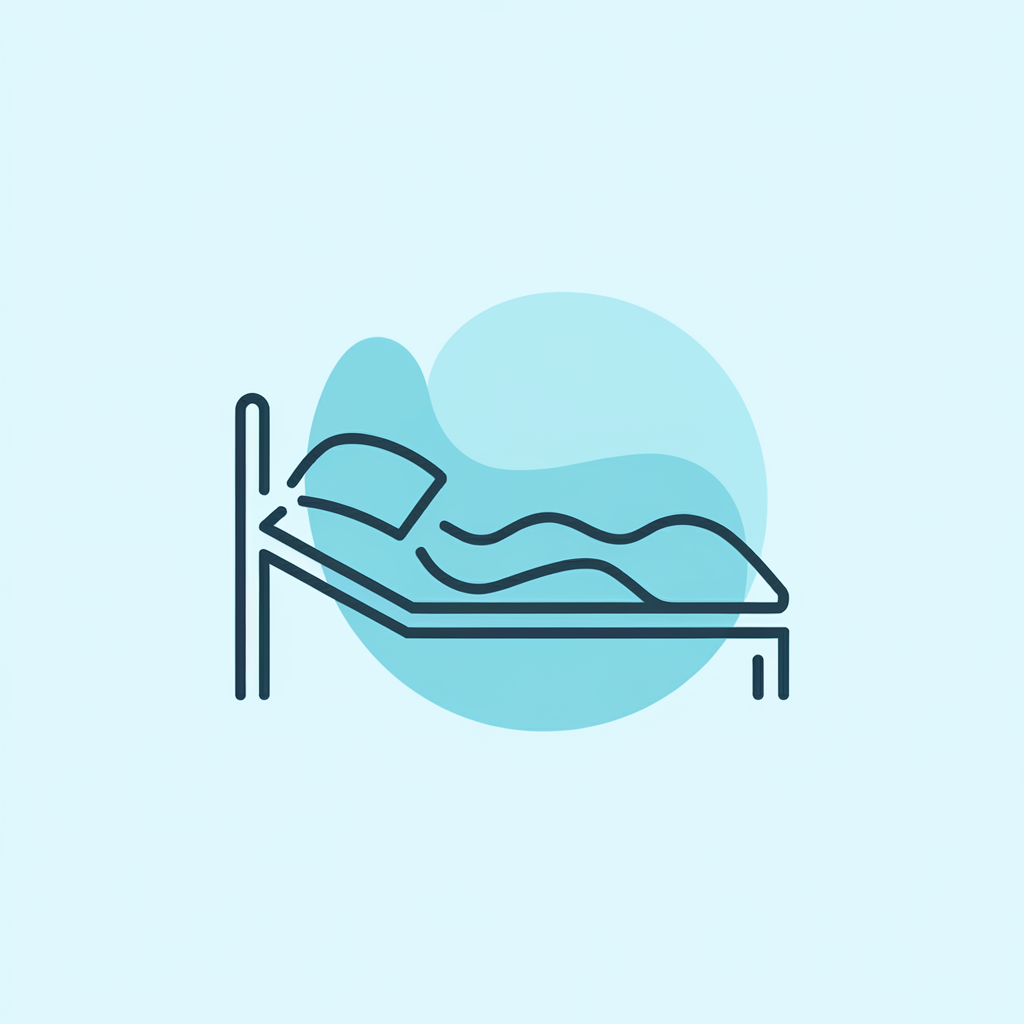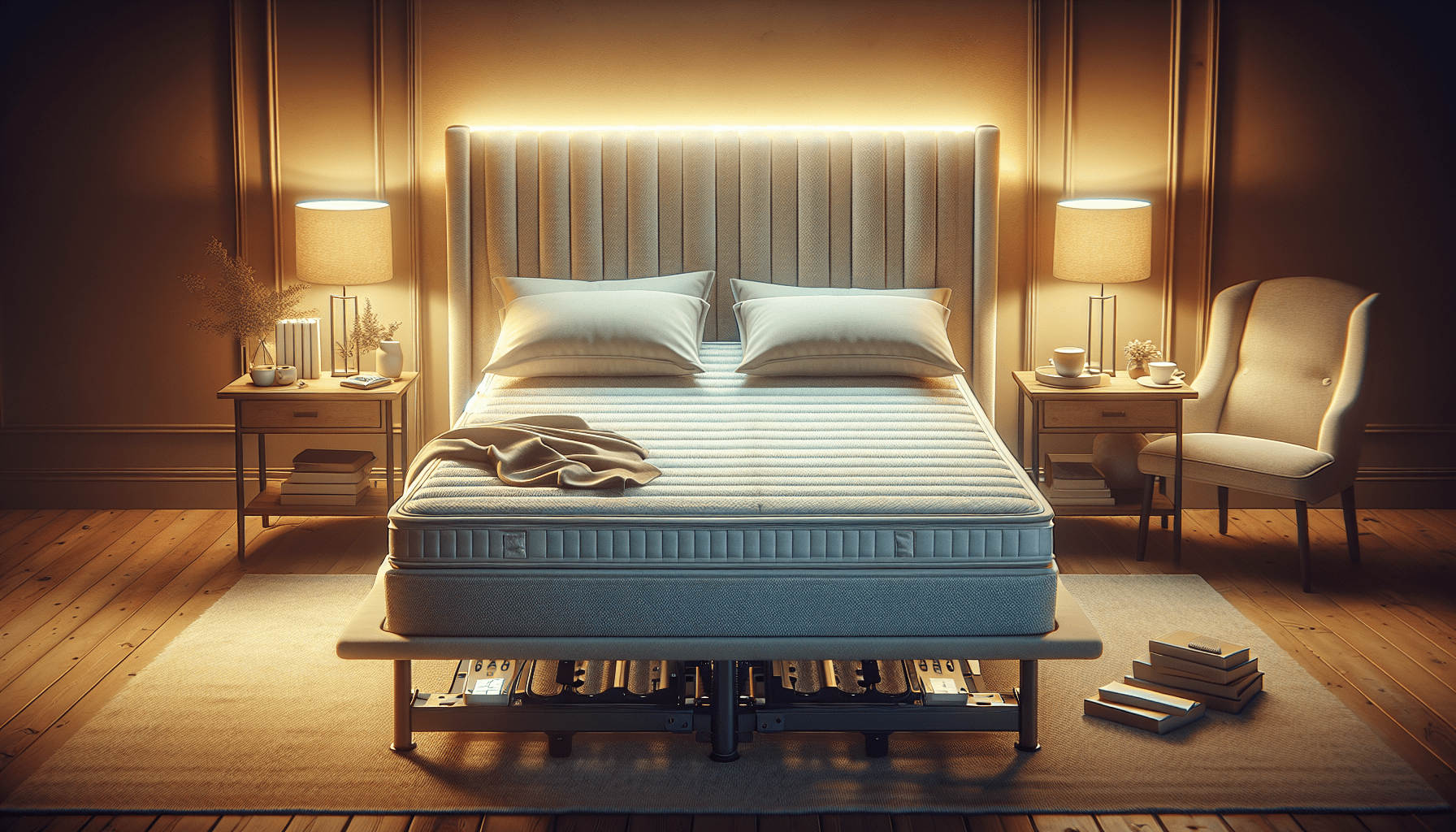Have you ever experienced that moment when you lie down in bed, and it feels as though the mattress has lost its initial comfort? Perhaps you’ve considered flipping or rotating it, especially if you have an adjustable bed. But can you actually do that? This question can lead you down a path of discovery about your bed’s design, how mattresses are constructed, and ways to ensure that you enjoy a restful night every night.
Understanding Adjustable Beds
What Is an Adjustable Bed?
An adjustable bed is more than just a piece of furniture; it’s a game changer for sleep enthusiasts. Instead of being locked into a flat position, an adjustable bed allows you to raise or lower various sections of the mattress. This flexibility can enhance your comfort, improve circulation, or even ease pressure on your back. It’s perfect for those who enjoy reading or watching TV from bed—just a quick adjustment, and you’re sitting up like a pro.
Why Would You Want to Flip or Rotate Your Mattress?
You may have heard that flipping or rotating a mattress can prolong its life and improve your sleeping experience. Typically, this practice balances wear and tear and can help redistribute your body weight. However, the suitability of this method dramatically depends on the type of mattress you own.
Types of Mattresses
Innerspring Mattresses
Innerspring mattresses are constructed with a coil support system which allows them to be flipped and rotated. If you own one of these, you can take advantage of regular flipping to maintain the evenness of the springs and the overall comfort level.
Memory Foam Mattresses
With memory foam mattresses, flipping is generally not recommended. These mattresses are designed with specific memory foam layers that should not be reversed. While you can usually rotate them, flipping can compromise the supportive layers, leaving you without the right comfort.
Latex Mattresses
Latex mattresses can be similar to memory foam in their construction. They often feature a designated top and bottom layer. Rotating these mattresses can help distribute wear and increase longevity, but, like memory foam, flipping them is usually not ideal.
Hybrid Mattresses
Hybrid mattresses contain a combination of innerspring and foam layers. Depending on the specific design of your hybrid mattress, you might be able to rotate it but should avoid flipping it to protect the integrity of the foam or comfort layers.
Flipping vs. Rotating Your Mattress
What’s the Difference?
Flipping a mattress refers to turning it over so that the top side becomes the bottom, while rotating involves turning the mattress 180 degrees, placing the head at the foot of the bed. Understanding these differences is essential when deciding how to maintain your adjustable bed mattress effectively.
Benefits of Flipping and Rotating
-
Increased Longevity
Regularly flipping or rotating can extend your mattress’s lifespan by evenly distributing wear and tear. -
Enhanced Comfort
A rotated mattress may feel cushier and more supportive, especially if one side has become compressed over time. -
Better Hygiene
Changing the orientation of the mattress can help prevent dust buildup, allergens, and even smells that can accumulate over time.
When Should You Flip or Rotate?
It’s generally recommended that you rotate your mattress every three to six months. If you notice sagging or specific discomfort, consider flipping it or even changing its orientation sooner rather than later.
Guidelines for Flipping or Rotating on Adjustable Beds
Check Manufacturer Guidelines
Before taking any action, it’s crucial to check with your mattress manufacturer. Some brands have specific recommendations or warranties that can be affected by how you care for your mattress. It’s best to read the label or look online for guidance directly from the company.
Rotation Techniques
Rotating your mattress on an adjustable bed can sometimes feel tricky but here are a few helpful tips:
-
Get Assistance
Ask a friend or family member for help to make the process easier and to avoid straining your back. -
Remove Bedding
Take off your sheets and mattress protector prior to rotation to reduce any friction and make the process smoother. -
Lift One End at a Time
When rotating, lift one end of the mattress at a time. This approach helps prevent excess bending that can harm the mattress.
Flipping Techniques
If you have a flip-friendly mattress, you’ll want to approach it mindfully:
-
Clear the Bed
Remove all bedding beforehand, ensuring that you have a clean slate. -
Use a King Mantra
If your mattress is king-sized, have three people assist in flipping it—two on one side and one on the other. -
Protective Measures
Consider using a mattress protector on both sides if the manufacturer allows for flipping. This practice helps keep it clean and can minimize wear.
Common Concerns About Flipping and Rotating
Will Flipping Affect the Mechanism?
Generally, flipping a mattress shouldn’t impact the adjustable mechanism, assuming it’s designed for it. However, always refer back to the specific guidelines from your manufacturer to avoid any potential issues.
Can You Rotate a Mattress with a Remote Control?
Absolutely! Just utilize the adjustable features to your advantage. If you raise the head or foot of the bed while rotating the mattress, it creates additional room and may even make the process easier.
Maintaining Even Wear
If you’ve settled into a specific sleeping position, you may notice wear developing on one side of your mattress. Regularly rotating your mattress is a simple solution to help manage that uneven wear effectively.
Care and Maintenance Tips for Adjustable Beds
Clean Regularly
Taking care of your mattress goes beyond flipping and rotating it. Regular cleaning is essential for maintaining a hygienic sleep environment. Here are some quick tips to consider:
-
Vacuum Your Mattress
Use a handheld vacuum or an upholstery attachment to get rid of dust mites and allergens stuck to the surface of your mattress. -
Spot Clean Stains
Use a mild detergent mixed with water to spot clean any stains. Always dry it thoroughly to avoid moisture buildup. -
Air It Out
Every so often, take your mattress outside on a sunny day to air it out. UV light is a natural disinfectant and can rid your mattress of unpleasant odors.
Roll with the Punches
Life can be unpredictable, so it’s wise to stay adaptable. If you start noticing that certain sleeping positions no longer work for you, adjusting your mattress based on those needs is essential for personal comfort.
Invest in a Good Mattress Protector
Investing in a high-quality mattress protector can make a significant difference in the longevity of your mattress. It provides a layer of protection that allows you to enjoy flipping and rotating without worrying about spills, stains, or allergens.
When to Say Goodbye to Your Mattress
Signs of Mattress Wear
While prolonged maintenance can extend the life of your mattress, there comes a time when every mattress must be retired. If you notice any of the following signs, it may be time to say goodbye:
-
Sagging or Lumps
If you’re experiencing significant sagging or lumps, a flip or rotation may not be sufficient to revitalize your mattress. -
Excessive Noise
Noises can indicate internal problems. If your mattress squeaks, it might signal that it’s time for a replacement. -
Allergies and Asthma
If your allergies or asthma worsen even with cleaning, it might be time to invest in a new mattress that suits your needs better.
Timelines for Replacement
Most mattresses have a lifespan of 7 to 10 years. Keep track of when you purchased your mattress, and use that as a guideline for when to start considering an upgrade.
The Bottom Line
Maintaining an adjustable bed might seem daunting, but with a few simple steps, you can ensure that your mattress remains cozy and inviting for restful sleep. Whether you choose to flip or rotate, it’s essential to understand the type of mattress you have and follow the associated recommendations.
Taking care of your mattress isn’t just about comfort—it’s about finding a way to enjoy a sanctuary that nurtures your well-being. Each time you make those little adjustments, you’re investing in yourself, your health, and your ability to dream. So, the next time you ponder over flipping or rotating your mattress, take a moment to reflect on all the opportunities you have to brighten your sleep experience. Let every little action count!

